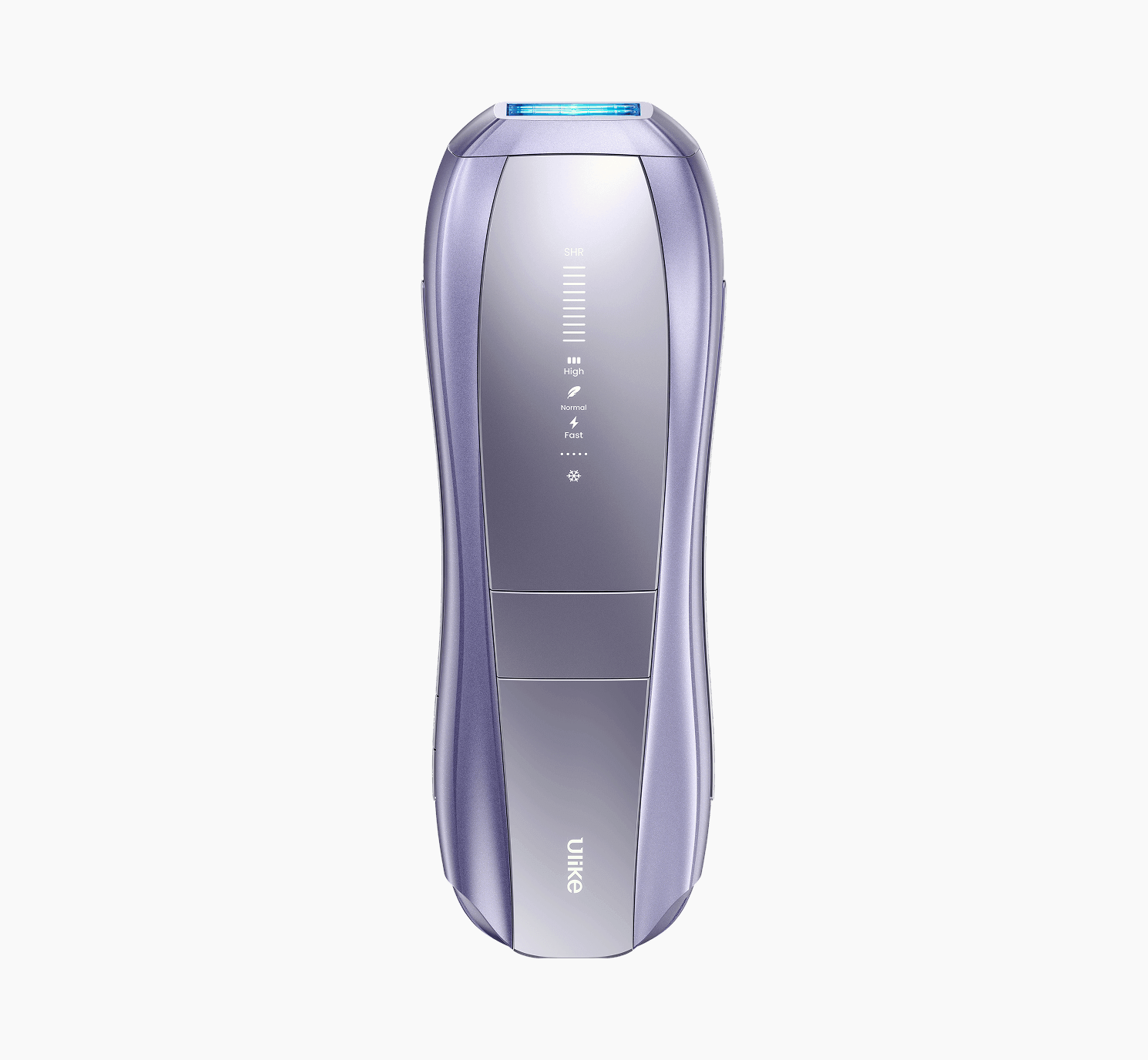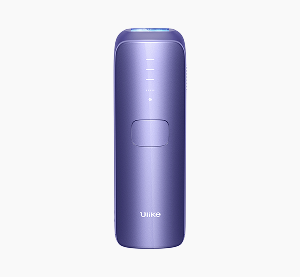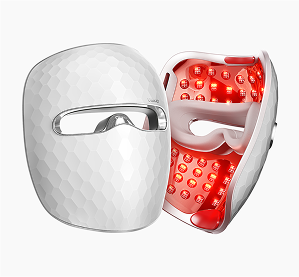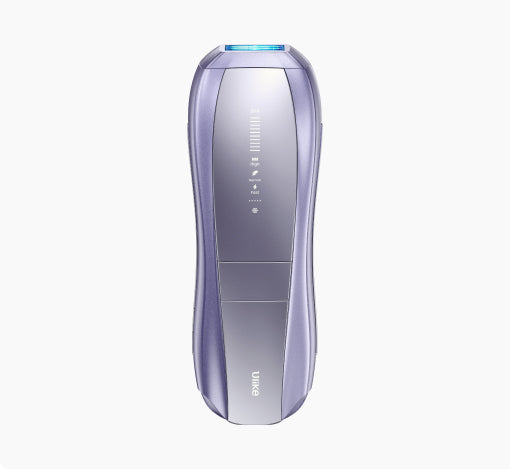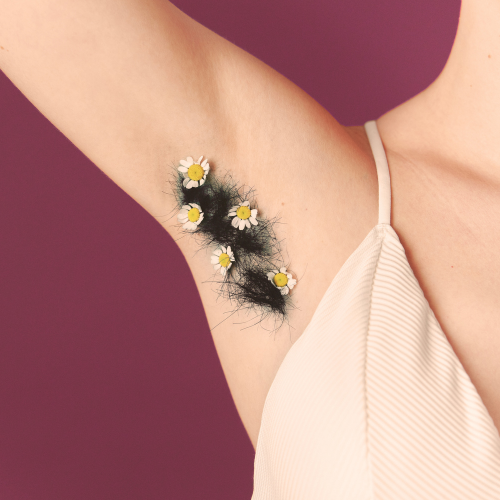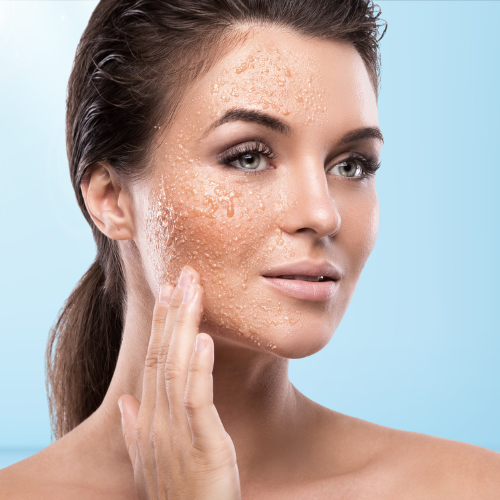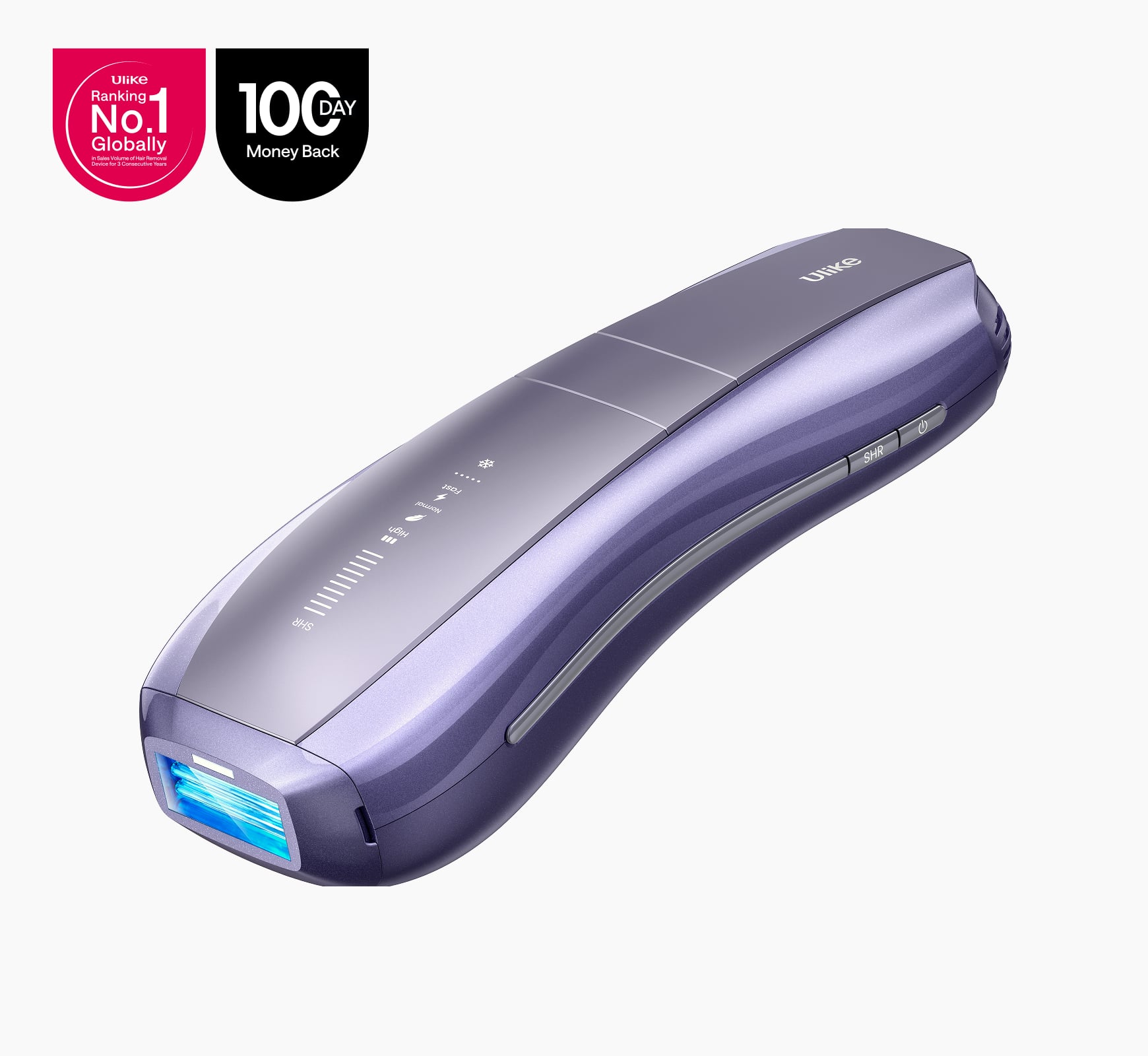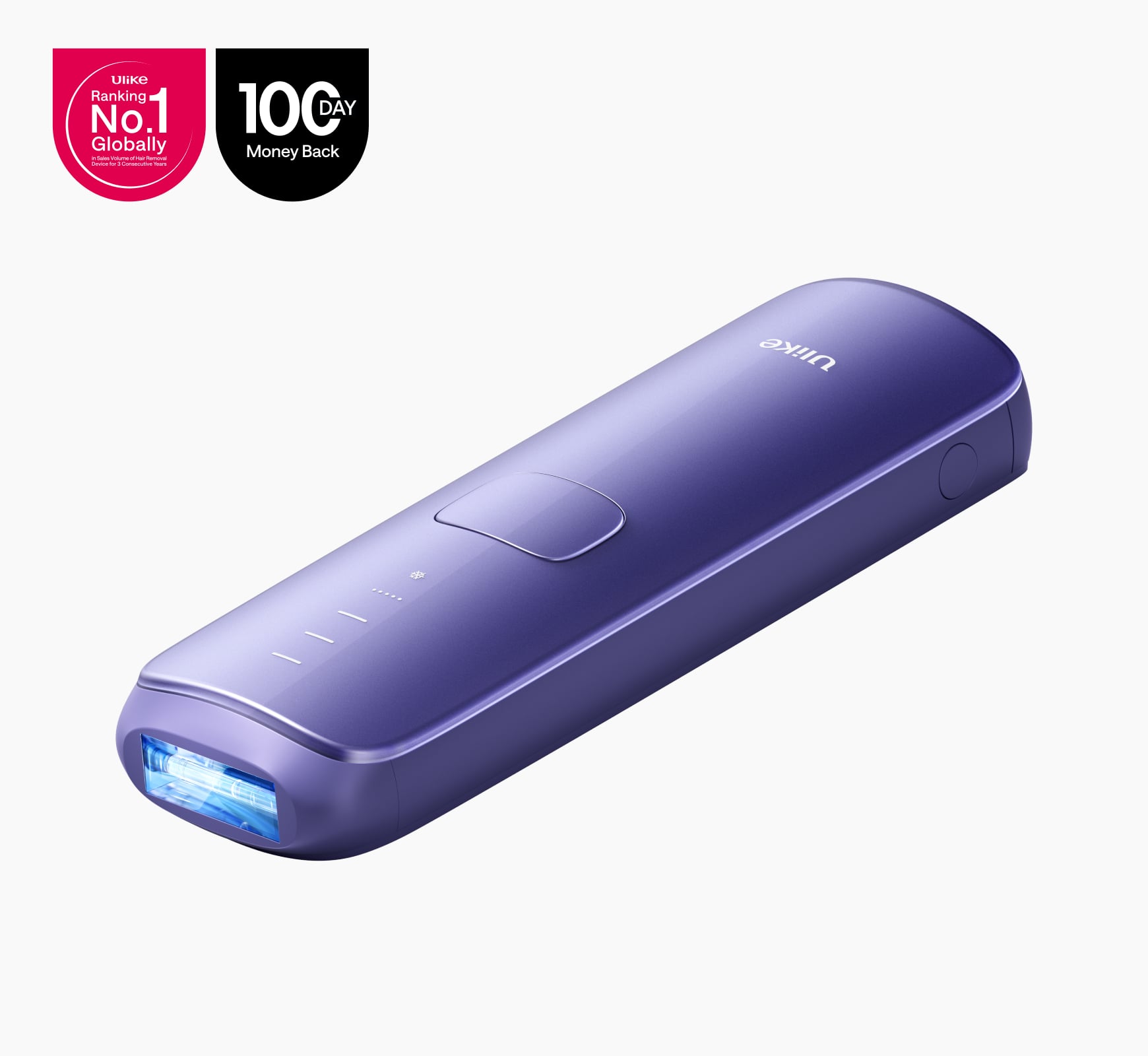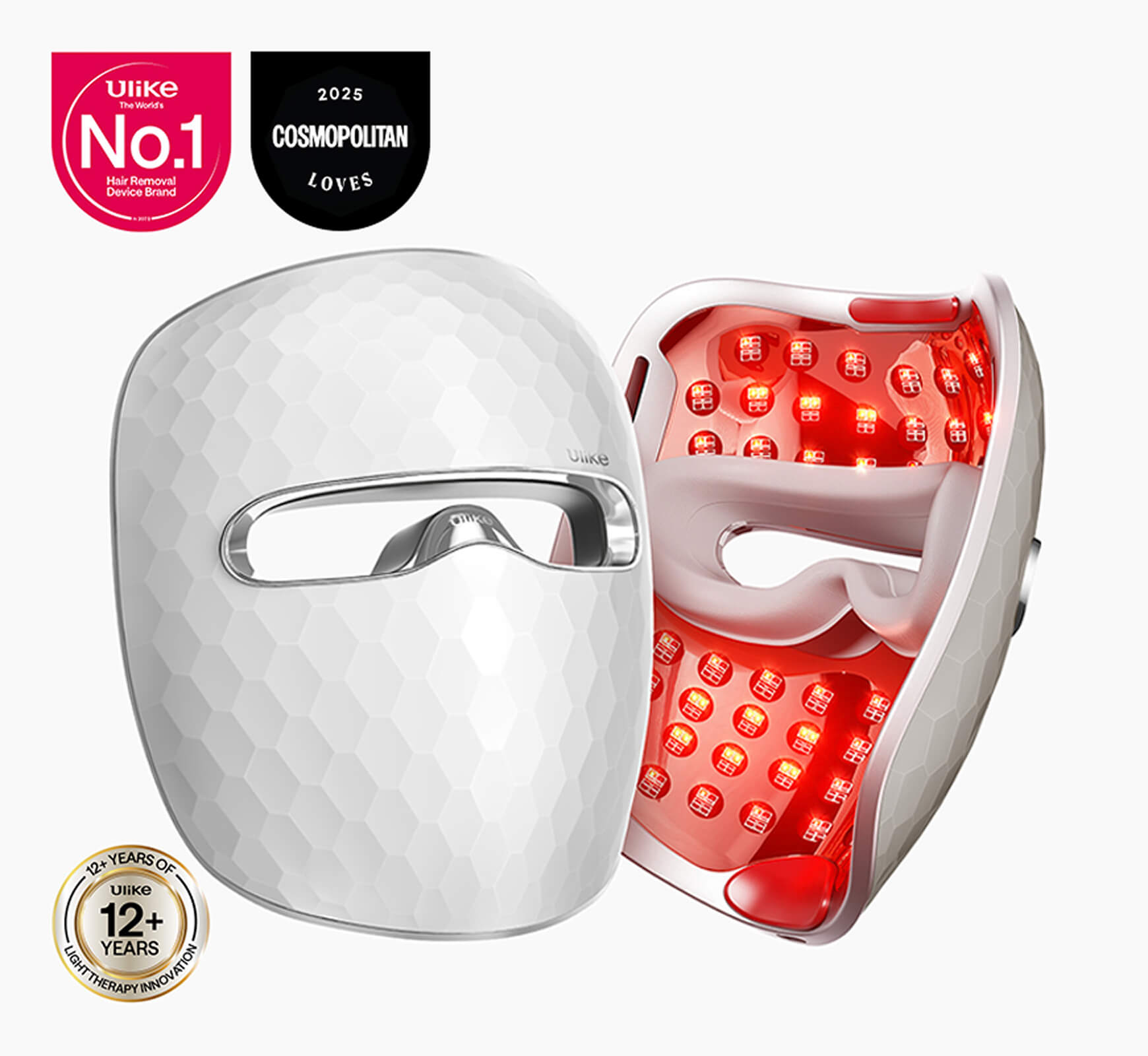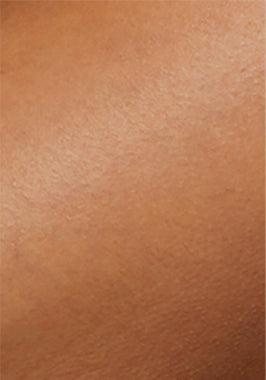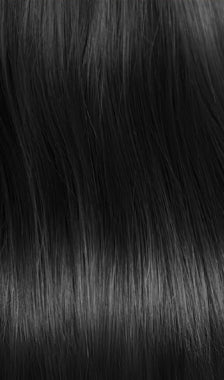How Long Does Bikini Wax Last? UK Women's Complete 2025 Guide
If you've ever wondered, "How long does a bikini wax last?", you're not alone. A bikini wax typically lasts 3-6 weeks for most UK women, providing that smooth, beach-ready skin we all desire, especially during the summer months. Whether you're getting ready for a holiday to Spain, a wedding, or simply prefer the feeling of smooth skin, a bikini wax is a go-to option.
In the UK, many women choose waxing for its quick and effective results, with salon prices generally ranging from £20 to £40, depending on your location. While waxing offers instant smoothness, it’s not a permanent solution. On the other hand, IPL (Intense Pulsed Light) hair removal, a less painful alternative, is becoming increasingly popular in the UK for its long-term benefits.
But is IPL the right choice, or does a bikini wax still hold its place? In this guide, we’ll explore how long a bikini wax lasts and what other hair removal methods might suit you best.
Bikini Wax Basics: Types and Duration for UK Women
A bikini wax is a popular method of hair removal, especially for women looking for smooth skin in the bikini area. The process involves applying warm wax to the skin, which adheres to the hair. When removed quickly, the wax pulls the hair out from the root, leaving the skin smooth for several weeks.
In the UK, bikini waxes typically cost between £15 and £45, depending on your location and the type of wax you choose. Salons like Strip Wax Bar and Strip are known for their high-quality services, with prices varying based on the type of wax and the area being treated. Whether you're looking for a quick wax in London or searching for a "bikini wax near me UK," there are plenty of options to choose from.
Standard Bikini Wax Duration: 3-4 Weeks
A standard bikini wax focuses on removing hair along the bikini line, the area just beyond your knickers. It typically lasts around 3 to 4 weeks, depending on your hair growth cycle and how well you take care of your skin afterwards. This type of wax is ideal for women who want a clean, smooth look without the commitment of a full Brazilian.
Brazilian Wax Longevity: 4-6 Weeks
A Brazilian bikini wax removes hair from the front, back, and all around the bikini area, leaving you with a completely smooth finish. On average, a Brazilian wax lasts around 4 to 6 weeks. Over time, regular waxing can make the hair grow back finer and sparser, extending the smoothness between sessions. Popular UK salons like Strip are known for their expert Brazilian waxes, ensuring both comfort and precision.

Bikini Wax Duration: 3-6 Week Timeline Explained
When it comes to how long a bikini wax lasts, the answer can vary depending on factors like your hair growth cycle, the type of wax used, and your aftercare routine. Here’s a detailed breakdown of what you can expect over the weeks following your bikini wax.
Week 1-2: Peak Smoothness Period
The first two weeks after your bikini wax are when you’ll experience the smoothest results. The skin remains hair-free with minimal regrowth, as the wax removes hair from the root.
During this period, your skin feels silky and fresh, making it the perfect time to show off your bikini line. The smoothness lasts longer for women with finer hair compared to those with coarser hair.
In the UK, many women prefer scheduling their waxing appointments just before a holiday or special event to ensure the best results during this period.
Week 3-4: First Regrowth Signs
Around weeks 3 to 4, you’ll start to notice the first signs of regrowth. Fine, soft hairs will begin to appear, but they will be less noticeable compared to shaving, as the follicles were weakened by the waxing process. If you're used to regular waxing, you’ll notice that the hair grows back sparser and finer, which helps extend the time between appointments.
In the UK, this is the typical period when women start to book their next appointment, especially as summer approaches and they prepare for beach days.
Week 5-6: Time for Your Next Appointment
By week 5 to 6, the regrowth becomes more visible, and it’s usually time for your next bikini wax appointment. Depending on your hair growth cycle, hair may appear thicker and more noticeable during this time. It’s also the point where you might feel the need to touch up your bikini line, especially before warmer weather, when swimsuits and sunbathing become more frequent in the UK.
Wax Type Comparison Table
| Wax Type | Duration | Ideal For |
|---|---|---|
| Standard Bikini Wax | 3–4 weeks | Women who prefer a neat bikini line |
| Brazilian Bikini Wax | 4–6 weeks | Those who want complete smoothness |
| Hot Wax | 4–6 weeks | Sensitive skin and finer hair types |
| Strip Wax | 3–4 weeks | Regular users and those new to waxing |
Seasonal Considerations: Winter vs Summer Wax Duration in the UK Climate
The duration of your bikini wax can also be influenced by the time of year. In the UK, winter temperatures tend to result in less frequent waxing appointments, as fewer women are showing off their bikini lines.
However, during the summer months, the hot weather and frequent beach trips mean you might opt for more regular wax appointments to maintain smoothness.
Additionally, skin may be more sensitive in the summer due to sun exposure, making proper aftercare even more important.

5 Key Factors That Determine How Long Your Bikini Wax Lasts
The longevity of your bikini wax depends on several factors. Understanding these can help you get the most out of your wax and enjoy smooth skin for longer. Here’s a breakdown of the key factors that influence how long your bikini wax lasts.
1. Hair Growth Cycle (Affects 40% of Duration)
The growth cycle of your hair plays a significant role in how long your bikini wax lasts. Waxing only removes hair in the active growth (anagen) phase, which means that some hairs may still be in the resting (telogen) phase when the wax is applied.
Over time, consistent waxing helps synchronise your hair growth cycle, reducing the amount of regrowth and extending the duration between appointments. In the UK, where seasonal changes affect hair growth, you may notice that waxing lasts longer during the winter months when your hair growth slows.
2. Hair Thickness and Colour (Varies by 1-2 Weeks)
Coarse or dark hair tends to grow back faster than finer, lighter hair. If you have thick, dark hair, you may see regrowth sooner, typically within 3 weeks, while finer hair can last longer, up to 4-6 weeks.
British women often experience differences in hair texture due to varying climates, which can affect regrowth speed. For example, the cold, dry UK winter may result in slower regrowth compared to the warmer summer months, where hair growth tends to accelerate.
3. Waxing Frequency (Regular vs. First-time)
First-time waxers may experience a shorter duration between sessions, as their hair follicles are stronger and less accustomed to being removed. On the other hand, regular waxers may find that their hair grows back slower and sparser due to the weakened hair follicles.
In the UK, many women start with more frequent waxing sessions to establish a routine, eventually extending the time between appointments as the follicles weaken.
4. Professional vs. At-Home (2-4 Weeks vs. 4-6 Weeks)
The technique used during your wax can make a significant difference in how long the results last. Professional waxing, done by trained technicians, typically removes hair more effectively from the root, ensuring smoother and longer-lasting results (usually 4–6 weeks).
At-home waxing, especially for beginners, might not be as precise, resulting in regrowth within 2–4 weeks. UK salons such as Strip Wax Bar and Ministry of Waxing are known for their meticulous attention to detail, ensuring that your wax lasts longer than DIY methods.
5. Aftercare Quality (Can Extend by 1-2 Weeks)
Proper aftercare is crucial in extending the life of your bikini wax. Moisturising, avoiding tight clothing, and preventing irritation can keep your skin smooth for longer.
In the UK, where cold weather can dry out skin, applying a fragrance-free moisturiser regularly is especially important. Additionally, avoiding hot baths, saunas, or exercise immediately after waxing can prevent ingrown hairs and extend your wax's duration by up to 1-2 weeks.

5 Key Factors That Determine How Long Your Bikini Wax Lasts
Let’s be honest. No one looks forward to the sharp sting of a bikini wax. However, the pain is brief and typically only lasts for a few seconds during the actual waxing process. Most UK women rate bikini wax pain as 6-8/10 on the pain scale, depending on their pain threshold and the sensitivity of the area. Areas like the inner thighs and the bikini line can be more painful, while the outer areas may feel less intense.
Pain varies from person to person, but most women in the UK find that after the initial shock, the discomfort subsides quickly, leaving only smooth, hair-free skin. If you're particularly sensitive, it can be helpful to understand when the pain is most likely to occur and how to manage it.
Pain Management Tips from UK Salons
Many UK salons offer pain management tips to make the waxing experience more comfortable. Here are some of the most effective strategies recommended by professionals:
Numbing Creams: Many UK women find that using numbing creams can help reduce the pain of waxing. Products like Boots or Superdrug numbing creams are available over the counter and can be applied to the bikini area 30 minutes before the appointment. These creams help dull the pain and make the process more bearable.
Taking a Painkiller: Some women opt for taking an over-the-counter painkiller like ibuprofen about 30 minutes before their appointment. This can help reduce inflammation and ease any discomfort during the wax.
Deep Breathing: Another pain management tip from UK salons is to focus on your breathing during the process. Inhale deeply and exhale slowly to help calm your nerves and distract you from the pain.
Timing Your Waxing: Many UK women find that their skin is more sensitive just before or during their period. Scheduling your bikini wax for a time after your menstrual cycle can help reduce pain and discomfort.
When Waxing Hurts Most (And How to Avoid It)
While bikini waxing generally involves some level of discomfort, there are certain areas that tend to be more painful than others. The inner bikini line and the area around the labia are often the most sensitive spots.
How to Minimise Pain: To reduce pain in these areas, salons often recommend applying wax in smaller sections at a time to avoid unnecessary pulling. Also, don’t shave between waxing sessions. Shaving leaves hair with a blunt tip, which can make waxing more painful.
Avoid Hot Baths or Sun Exposure Before Your Appointment: Hot water and sun can irritate the skin, making it more sensitive to pain. It's best to avoid hot baths or sun exposure 24 hours before your bikini wax appointment.
Alternatives to Waxing
If you find the pain of waxing too much to bear or are looking for a longer-lasting alternative, there are several other hair removal methods to consider.
-
Shaving: While shaving offers quick results, it typically lasts only 2-3 days before regrowth appears. It’s a more comfortable option but requires frequent maintenance.
IPL Hair Removal: For those seeking a more long-term solution, IPL (Intense Pulsed Light) offers gradual, permanent hair reduction. It targets hair follicles with light pulses, weakening them over time. Though the upfront cost is higher, IPL is praised for its longer-lasting results, with many UK women using at-home devices like Ulike Air 10, Philips Lumea, or Braun Silk-expert .
Depilatory Creams: These creams dissolve hair at the surface level, providing a smooth result for around 1-2 weeks. However, they can sometimes irritate sensitive skin, so a patch test is recommended.
Laser Hair Removal: Like IPL, laser hair removal targets hair follicles for long-term hair reduction. While it offers more permanent results than waxing, it is generally more expensive and requires multiple sessions.

Extend Your Bikini Wax: 5 Proven Tips for Longer-Lasting Results
To make the most out of your bikini wax and enjoy longer-lasting smoothness, follow these simple steps. Proper aftercare can extend the results by up to 1-2 weeks, keeping your skin smooth and irritation-free for longer.
Days 1-2: Avoid Heat and Tight Clothing
After your wax, your skin will be more sensitive. During the first 48 hours, avoid hot showers, baths, saunas, or swimming pools as these can irritate the freshly waxed area and increase the risk of infection. Also, steer clear of tight clothing to prevent friction and allow your skin to breathe. Opt for loose, breathable fabrics like cotton to avoid irritation.
Recommended UK Products:
Exfoliators: Soap & Glory Scrub of Your Life and The Body Shop Almond Hand & Nail Scrub are both gentle options available in the UK to keep your skin smooth and reduce the risk of ingrown hairs.
Moisturisers: After your wax, it’s essential to moisturise daily. Consider E45 Cream or Aveeno Daily Moisturizing Lotion (both available at Boots), as they are ideal for soothing sensitive skin and keeping it hydrated.

Week 1: Start Gentle Moisturizing Routine
Begin moisturising daily with a lightweight, fragrance-free lotion. Keeping the skin hydrated is key to avoiding dryness and irritation, which can shorten the smoothness from your wax. Gently massage the moisturiser into your skin to keep it soft and healthy. Make sure to choose a product that’s designed for sensitive skin, as this will prevent any unwanted reactions.
Week 2: Begin Light Exfoliation
After 48 hours, you can begin light exfoliation to prevent ingrown hairs. Use a gentle exfoliator 1-2 times a week to remove dead skin cells and promote hair growth in the right direction. Soap & Glory and The Body Shop both offer mild scrubs that will not irritate your skin. If you prefer a chemical exfoliant, The Ordinary Glycolic Acid is a popular option in the UK.
Ongoing: Maintain Proper Aftercare
Continue to care for your skin by following a regular exfoliation and moisturisation routine. Additionally, remember to schedule your waxing appointments every 4-6 weeks to keep hair regrowth under control. As your hair follicles weaken from regular waxing, the results will last longer with less frequent maintenance.
Cost-Saving Tips for Waxing in the UK
In the UK, regular salon visits can add up, so here are a few ways to save money while keeping your skin smooth:
Look for Deals: Many UK salons offer discounts for regular customers or packages for multiple sessions. Signing up for email newsletters from salons like Strip Ministry or Waxing Boutique can help you stay informed on promotions.
DIY Waxing: If you're comfortable with it, consider doing your own bikini wax at home. Kits from Veet or Nair are widely available in the UK and can be a more affordable alternative to salon visits.
Extend Your Waxing Schedule: As mentioned, consistent waxing weakens the hair follicle over time, meaning that with regular sessions, you can space out your appointments to 5-6 weeks instead of the usual 4.

IPL vs Bikini Waxing: Long-Term Hair Removal Comparison
When it comes to hair removal, IPL (Intense Pulsed Light) has been gaining popularity as a long-term alternative to traditional waxing. While it offers some impressive benefits, it’s important to understand both the advantages and limitations of IPL, especially in comparison to bikini waxing. Here’s a genuine breakdown of IPL hair removal, including UK-specific details on pricing, devices, and salon options.
What Is IPL Hair Removal?
IPL hair removal uses broad-spectrum light to target and damage hair follicles, reducing the growth of hair over time. It’s different from laser hair removal because it uses multiple wavelengths of light, rather than a single focused beam. IPL treatments can be performed in salons or at home with portable devices. Many UK women find IPL an appealing choice for a more permanent solution to unwanted hair, particularly for larger areas like the legs and bikini line.
IPL Hair Removal: Pros and Cons
Pros of IPL Hair Removal
Long-Lasting Results: Unlike waxing, which removes hair temporarily, IPL targets the root of the hair follicle and reduces hair regrowth over time. With regular use, many UK users report up to 80-90% reduction in hair growth after several treatments.
Convenience: IPL treatments can be done at home with the right devices, saving time and money on salon visits. Many popular home IPL devices in the UK for 2025, such as the Ulike Air 10, Philips Lumea, and Braun Silk-expert, are well-loved for their ease of use and impressive results.
Less Painful: Many UK users find IPL less painful than waxing, with most devices offering a warm sensation rather than the sharp sting of a wax strip.
Cost-Effective in the Long Run: While the initial cost of a good-quality IPL device may be higher than a single wax session, in the long term, it can save you money. Regular waxing sessions can cost £20–£40 each time, whereas an IPL device can last for many years with minimal maintenance.
Cons of IPL Hair Removal
Initial Cost: IPL devices typically range from £150 to £400 in the UK, making the upfront cost significantly higher than a single waxing session. While this is a one-time cost, it may be out of reach for some people.
Time-Consuming: Unlike waxing, which delivers instant results, IPL requires several treatments over weeks or months. For optimal results, it’s common to perform treatments every 1–2 weeks initially, which can be time-consuming for some UK women with busy schedules.
Effectiveness on Certain Skin and Hair Types: IPL works best on individuals with light skin and dark hair. If you have darker skin or light blonde hair, IPL may not be as effective, and some devices may not be safe to use on darker skin tones. It's important to check the specifications of the device and, if in doubt, consult a professional salon.
Not Immediate: Unlike waxing, where you see results instantly, IPL requires patience. It can take a few sessions to see visible results, and it’s not an instant solution like waxing.
IPL Hair Removal in the UK: Prices and Devices
In the UK, professional IPL treatments typically cost between £40 to £100 per session, depending on the salon and the area being treated. Some well-known UK salons offering IPL hair removal include Treatwell and Harley Street Hair Clinic.
Many UK women also opt for home IPL devices, with models like the Ulike Air 10 (approx. £399), Philips Lumea Prestige (approx. £489), and Braun Silk-expert Pro 5 (approx. £350) topping the list of the best devices for 2025.
While professional treatments may be more expensive, they often deliver faster results, and trained specialists can ensure the device is used correctly and safely.
Which Is Better: IPL or Waxing?
When comparing IPL hair removal to bikini waxing, it’s clear that both methods have their merits:
| Feature | IPL Hair Removal | Bikini Waxing |
|---|---|---|
| Results | Long-term reduction (up to 90%) | Temporary smoothness (3–6 weeks) |
| Pain Level | Mild, warm sensation | Sharp, brief pain at the time of waxing |
| Cost | High initial cost, lower long-term cost | £20–£40 per session, recurring visits |
| Maintenance | Few touch-ups after 4–6 sessions | Regular waxing every 3–6 weeks |
| Effectiveness | Best for light skin, dark hair | Works on all hair types and skin tones |
| Convenience | At-home use, flexible timing | Salon-based, scheduled visits |
FAQ: Common Follow-Up Questions About Bikini Waxing
How often should I get a bikini wax?
Most UK women schedule their bikini wax every 3-6 weeks. The exact timing depends on your hair growth cycle and personal preference.
Can I wax during my period?
It’s best to avoid waxing during your period as your skin is more sensitive at that time, making the process more painful.
What if I have sensitive skin?
If you have sensitive skin, choose a salon that specialises in sensitive skin waxing or use hard wax, which is gentler on the skin. Products like E45 cream can help soothe irritation.
How much does a bikini wax cost in the UK?
In the UK, bikini waxes typically range from £15 to £45, depending on the salon and the type of wax used. You can often find deals and packages in larger cities like London or via local beauty salons offering special offers.
Where can I get a bikini wax in the UK?
Popular UK salons offering bikini waxing include Strip Wax Bar , Ministry of Waxing , and Beauty and the Boutique . Many women also look for a "bikini wax near me UK" to find the best local options for convenience and pricing.
Conclusion: Finding the Best Hair Removal Solution for You
In conclusion, whether you prefer the instant smoothness of a bikini wax or the longer-lasting results of IPL, both methods offer unique benefits for achieving a hair-free bikini line.
Key Takeaways:
A bikini wax typically lasts 3–6 weeks depending on factors such as hair type, skin sensitivity, and aftercare.
IPL hair removal provides a longer-term solution, with many UK women experiencing 80-90% hair reduction after several treatments, but it requires more upfront investment and time for optimal results.
Aftercare plays a significant role in extending the duration of your bikini wax. Moisturising, exfoliating, and avoiding tight clothing can help keep your skin smooth for longer.
UK-specific considerations, such as the impact of seasonal changes on hair growth, should also be kept in mind when planning your waxing or IPL sessions.
Whether you're planning a beach holiday, a big event, or just love the feel of fresh skin, understanding how long a bikini wax lasts can help you stay silky smooth with minimal effort. Want to make your results last longer—or explore more permanent options like IPL?

